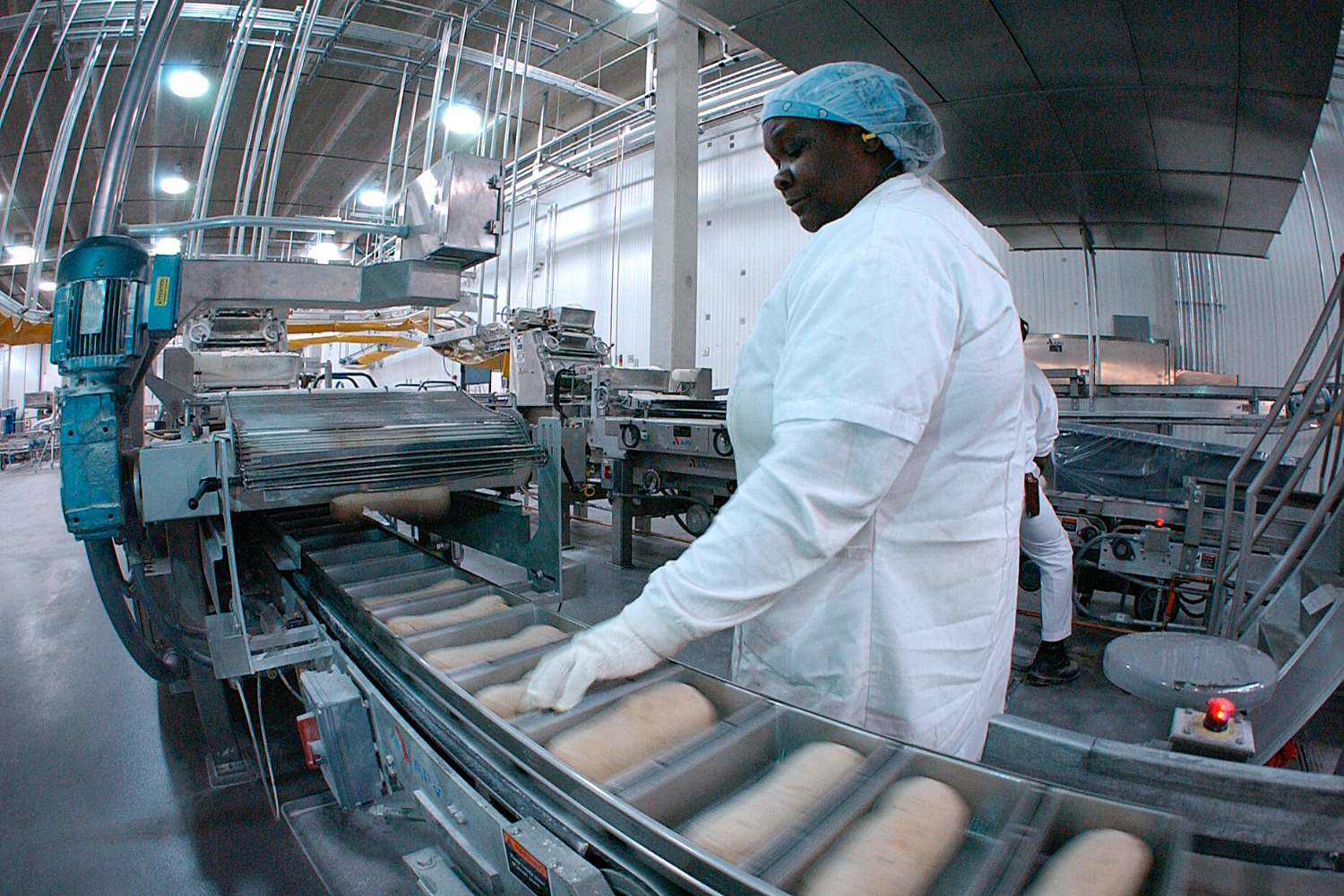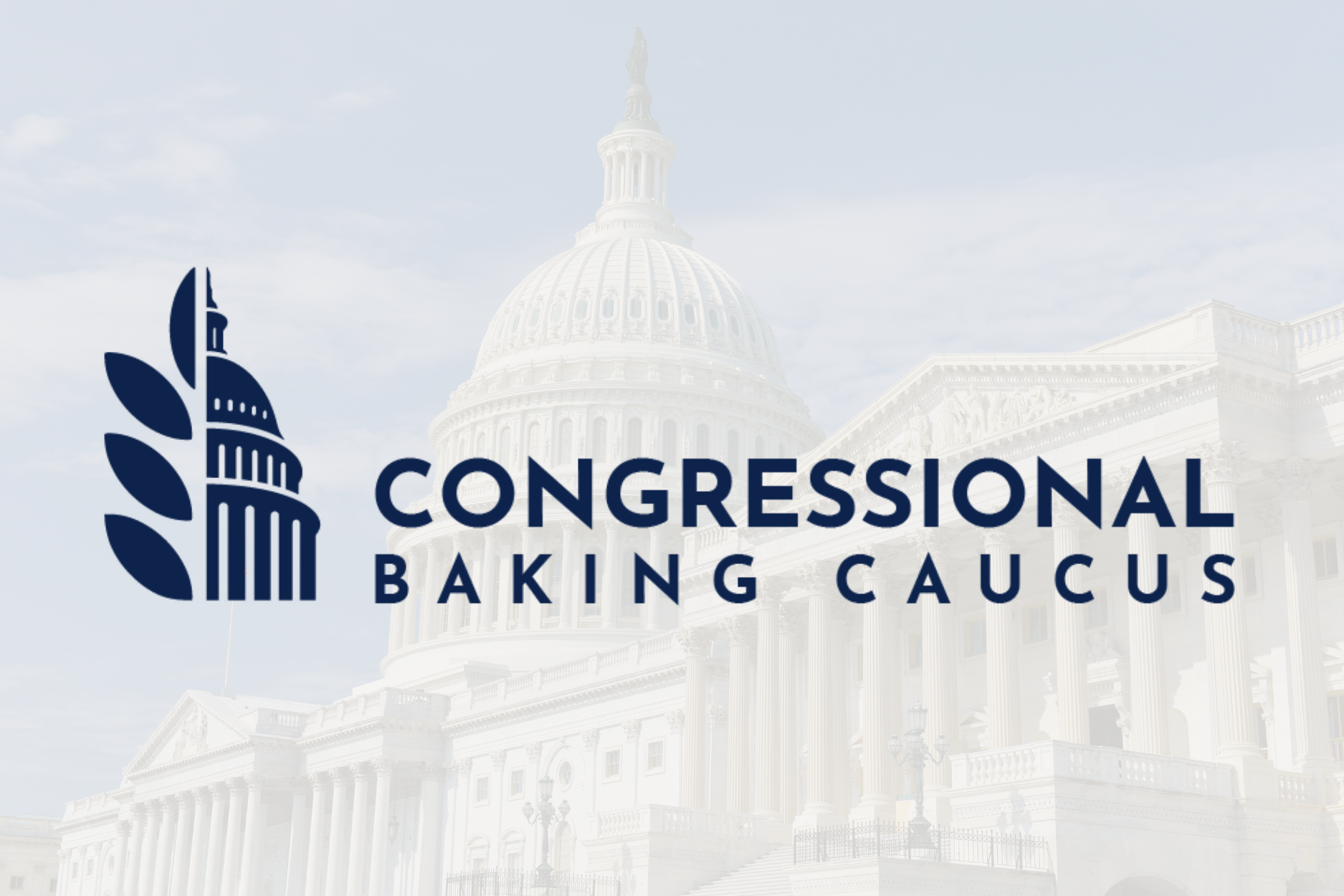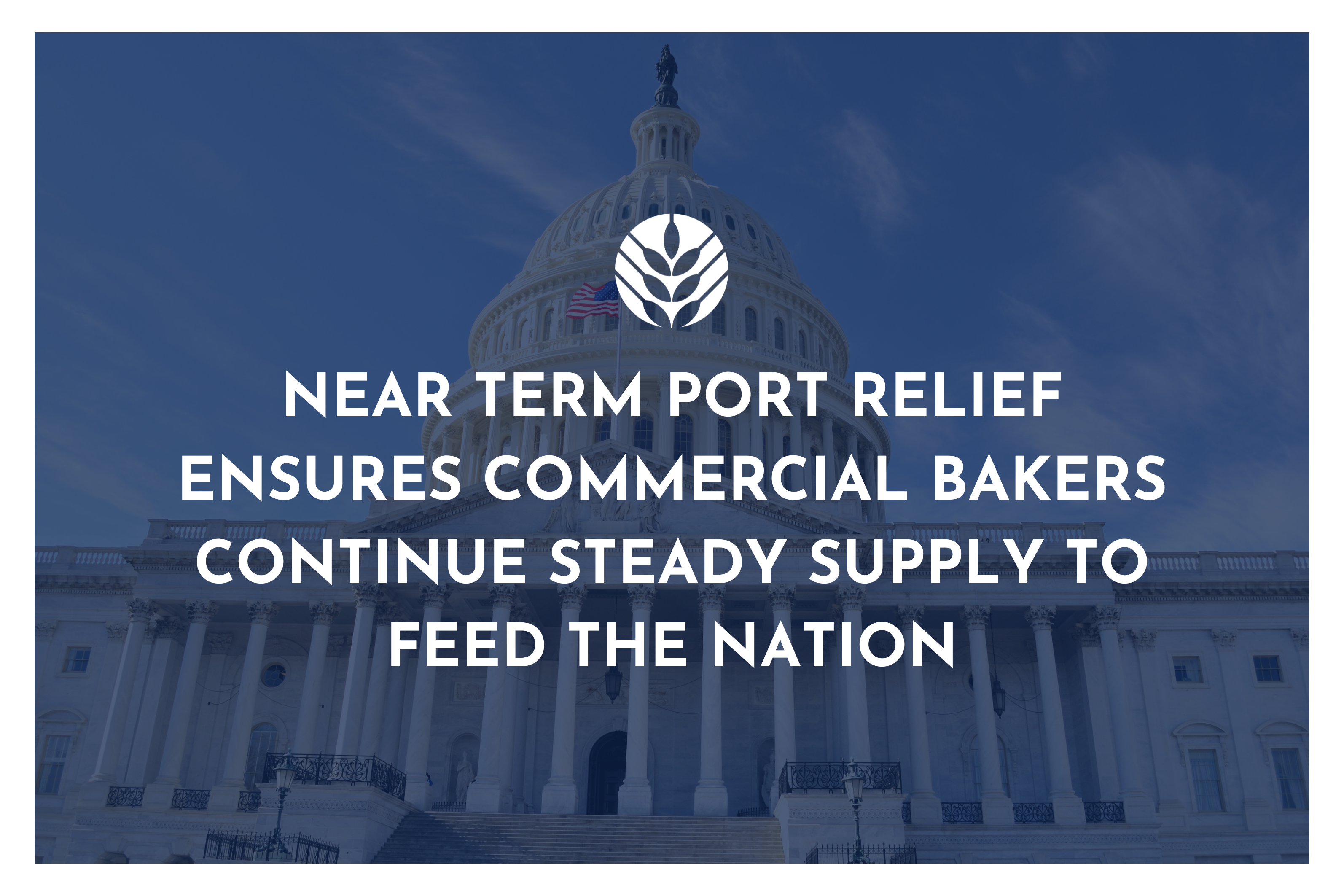The baking industry needs to prioritize employee health strategies as it deals with the unprecedented challenges of the coronavirus, according to speakers in an American Bakers Association webinar.
“We are expecting significant business impacts over the next three to four months,” said David Acheson, MD, who is the CEO and President of The Acheson Group (TAG). He formerly held key leadership roles at the FDA and USDA.
Access this webinar and all ABA COVID-19 webinars here
“Your employees are your most important assets,” he said. “They are worried. Make sure you are protecting them and sending the right messages.”
The challenges of protecting workforces in the food sector and other industries are growing as the number of U.S. cases advance and guidance from CDC and other authorities evolves, said another speaker, Benjamin Miller, PhD, TAG’s Senior Director, Regulatory and Scientific Affairs.
Dealing With Employee Symptoms and Sickness
Webinar speakers urged companies to follow smart science-based practices to address employee health issues. “Make an active employee wellness check when they arrive for work, and do the same for visitors,” Miller said.
Companies should inquire about an employee’s health in the past 24 hours, including fever, cough, respiratory distress, or contact with a known coronavirus case. Employees who report relevant concerns should be sent home and recommended to call a health care provider. Companies should remain in contact with these workers.
If an employee calls in sick with high-risk symptoms, companies should determine if these people have been working during the 48 hours prior to the onset of symptoms. If so, any close associate contacts should also be identified and sent home to self isolate for up to 14 days. Companies should identify specific physical locations for cleaning with appropriate agents.
These employees should remain at home under quarantine until at least 3 days (72 hours) have passed since resolution of fever without the use of fever-reducing medications; and improvement in respiratory symptoms, and at least seven days have passed since symptoms first appeared.
Strategies to Reduce Overall Workforce Risk
Companies are advised to reduce risks by examining a wide range of workforce practices.
“We’ll see significant workforce impacts from this crisis,” Miller said. “It’s getting to that phase now, so plan for how businesses will operate.”
Organizations can reduce risk by examining their shift structures, considering segregation of groups, urging social distancing, conducting hourly cleanings in common areas, and allowing employees to take time off if needed due to sickness or related reasons.
Companies also need to consider how to streamline processes for hiring and screening of temporary employees, and should weigh the need for temporary human resources and supervisory staffs.
Making Use of Masks and other Equipment
The industry is now grappling with questions such as whether employees should wear masks. However, there isn’t a one-size-fits-all answer, speakers said.
“Masks help with reducing risks of droplet spread, such as if you can’t maintain six feet or more of social distance,” Miller said.
However, the mask topic has been marked by confusion because of evolution in guidance and lack of mask availability. More recently, the media has been filled with stories about how to create homemade masks (there’s even a CDC podcast on that topic). One of the biggest concerns for companies is that masks could potentially do more harm than good.
“Employees need to keep masks clean, and avoid putting them on inside out,” said Miller. “Masks should not become a substitute for social distancing. That practice reduces risk more than masks can.”
Meanwhile, companies making use of thermometers for employee wellness checks need to be aware of the possibility of varied accuracy levels based on devices used. For example, non-touch thermometers might have lower accuracy levels than body temperature thermometers. For that reason, companies may want to make use of slightly lower fever-level cutoffs during “thermal screen” employee wellness checks, to accommodate for any under measurement, said Miller. There is more information on this and other coronavirus topics on the TAG website.
Among other points made by the webinar speakers:
- Large Company Impacts: Bigger organizations need to focus on relaying to employees consistent policies across their enterprises, and explaining any differences that may arise for specifics regions or divisions, said Acheson. “Leverage key communications strategies on why you’re doing what you’re doing,” he said.
- Strategies for Office Locations: In office settings,companies need to conduct more frequent cleanings of high touch-point areas, including vending machines and break areas, said Miller. “Ideally this would be done on an hourly basis with appropriate chemicals,” he said.
- Understanding Confusing Language: The coronavirus era has created confusion on use of language. “Some may think the words quarantine and isolation are the same, but they are different,” said Miller. “Those who are asymptomatic or well should quarantine; those who are symptomatic or sick need to isolate.”
The ABA webinar was moderated by Rasma Zvaners, ABA’s Vice President, Regulatory and Technical Services. The webinar was part of ABA’s ongoing program to share information and insights about coronavirus impacts in the industry.
Webinar speakers urged companies to practice transparency to keep workforces healthy and engaged. The need for improved communications goes beyond health to include economic concerns.
“There are a lot of worried employees,” Acheson said. “They are concerned about the economic consequences. Will I have a job? Can I pay my bills? We must recognize this. Everyone is juggling a lot of risks.”
All ABA COVID-19 Webinars are available free to ABA Members. Non-Members and Industry Partners pay a fee to access the recordings.
Please go here to see ABA's library of content on our new Webinar Portal.



